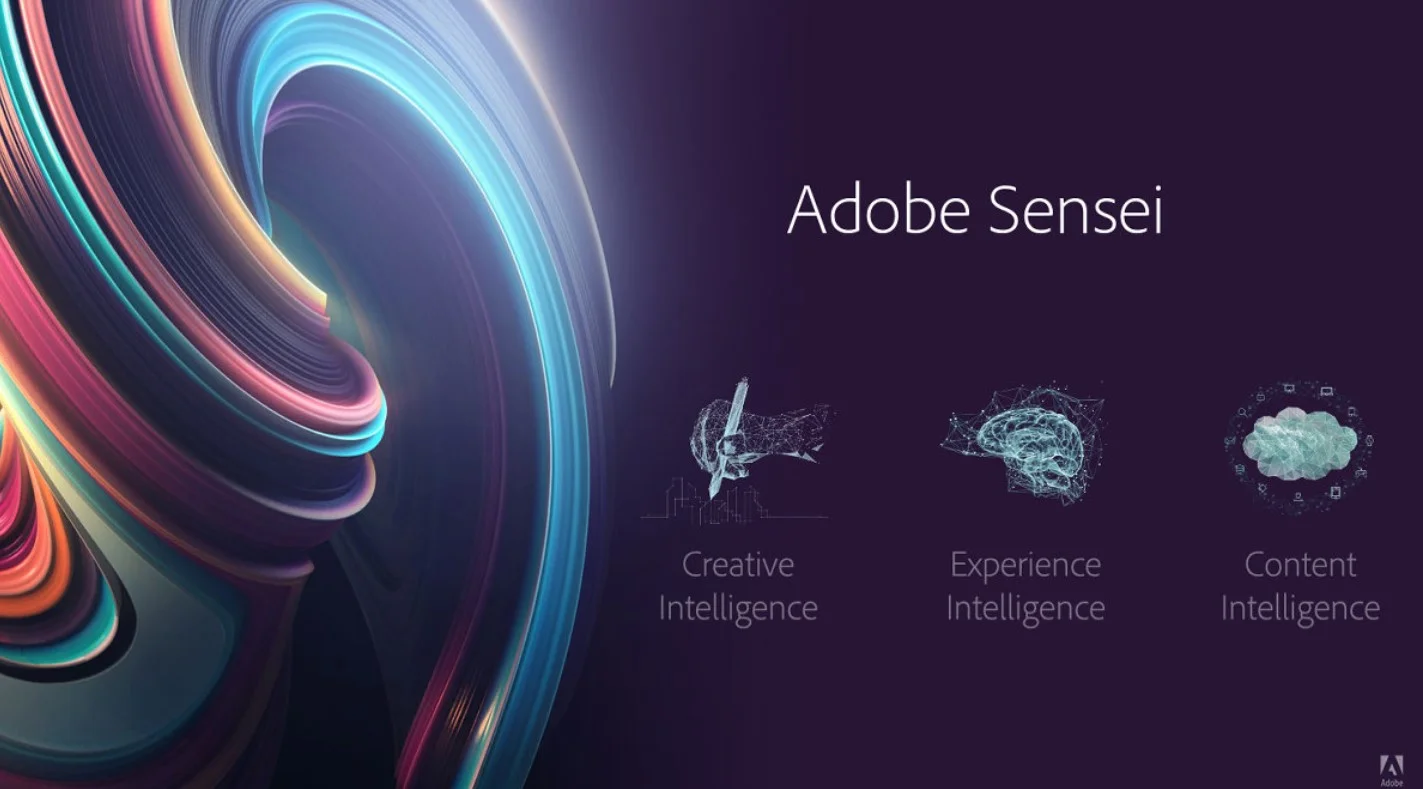
Adobe Creative Cloud with Brand Libraries & Sensei AI: Complete Buyer's Guide
Comprehensive AI-powered brand management for enterprise-scale governance
Adobe Creative Cloud with Brand Libraries & Sensei AI represents Adobe's comprehensive approach to AI-powered brand management, integrating established creative software dominance with emerging artificial intelligence capabilities for enterprise-scale brand governance.
Market Position & Maturity
Market Standing
Adobe competes from a position of ecosystem strength rather than specialized brand management excellence. While dedicated platforms like Frontify support 170,000+ assets [37] and Brandfolder offers specialized brand management features [54], Adobe's advantage lies in unified creative workflows that eliminate context-switching between creative production and brand governance.
Company Maturity
Adobe demonstrates exceptional business stability as a publicly traded company with decades of profitable operations and consistent innovation investment. The integration of Sensei AI across multiple product lines indicates sustained commitment to AI development rather than experimental features.
Growth Trajectory
Adobe's AI investment strategy spans multiple product categories, with Firefly generative AI representing significant R&D commitment. The company's enterprise customer base provides natural expansion opportunities for brand management capabilities, though specific growth metrics for brand management features require verification.
Industry Recognition
Adobe maintains strong analyst recognition across creative software categories and increasing acknowledgment in AI development. The company's enterprise customer relationships with organizations like Mercedes-Benz [72] and Bosch [73] provide substantial market validation, though these relationships often reflect broader Creative Cloud adoption rather than specific brand management excellence.
Longevity Assessment
Adobe's financial stability, established market position, and continuous innovation investment provide high confidence in long-term viability. The company's platform approach and ecosystem strategy create substantial switching costs for enterprise customers, supporting sustained business relationships.
Proof of Capabilities
Customer Evidence
Mercedes-Benz achieved transformational results through Adobe's platform, consolidating 46,000 users and managing 6 million asset downloads while eliminating version-control issues [72]. Bosch replaced a 3,600-page PDF brand manual with dynamic guidelines, standardizing 17 disparate brand variants and reducing icon variations from 60+ to one unified library [73].
Quantified Outcomes
Organizations implementing Adobe's AI-enhanced brand governance report 37% fewer brand inconsistencies [58] and 64% reduction in brand violations through real-time compliance monitoring [58].
Market Validation
Adobe's Creative Cloud ecosystem provides substantial market validation, with the platform supporting 10,000 assets per library [49] and 1,000+ collaborators [49] at enterprise scale.
Reference Customers
Adobe's enterprise customer base includes Fortune 500 companies across multiple industries, providing broad market validation.
AI Technology
The system employs Firefly Custom Models that enable brand-specific AI training using 10-20 brand images for style-compliant asset generation [101][102]. This approach allows organizations to create AI models that understand their unique brand characteristics, generating text-to-image content [76] that maintains brand consistency without manual oversight.
Architecture
Adobe's technical infrastructure supports enterprise-scale deployment with 10,000 assets per library [49] and 1,000+ collaborator capacity [49]. The platform operates through cloud-based architecture with real-time synchronization across 20+ Creative Cloud applications [44][52], ensuring brand assets remain consistent whether accessed through Photoshop, Illustrator, or After Effects.
Primary Competitors
Frontify, Brandfolder, Bynder
Competitive Advantages
Adobe's unique ecosystem integration across 20+ Creative Cloud applications [44][52] eliminates context-switching between creative production and brand management. Real-time compliance monitoring [58] and unified asset synchronization differentiate Adobe from point solutions.
Market Positioning
Adobe leverages Creative Cloud dominance to extend into AI brand management, though leadership in creative tools doesn't automatically translate to brand governance superiority. The company competes on workflow integration rather than specialized brand management excellence, creating unique value for existing Creative Cloud customers while potentially limiting appeal for dedicated brand management buyers.
Win/Loss Scenarios
Choose Adobe when Creative Cloud integration is essential, AI-enhanced creative workflows provide strategic value, and organizational resources support complex implementation. Consider alternatives when dedicated brand management features outweigh ecosystem integration benefits, implementation complexity exceeds organizational capabilities, or rapid deployment is prioritized over comprehensive integration.
Key Features

Pros & Cons
Use Cases
Integrations
Featured In Articles
Comprehensive analysis of AI Brand Style Guide Creators for AI Design for AI Design professionals. Expert evaluation of features, pricing, and implementation.
How We Researched This Guide
About This Guide: This comprehensive analysis is based on extensive competitive intelligence and real-world implementation data from leading AI vendors. StayModern updates this guide quarterly to reflect market developments and vendor performance changes.
147+ verified sources per analysis including official documentation, customer reviews, analyst reports, and industry publications.
- • Vendor documentation & whitepapers
- • Customer testimonials & case studies
- • Third-party analyst assessments
- • Industry benchmarking reports
Standardized assessment framework across 8 key dimensions for objective comparison.
- • Technology capabilities & architecture
- • Market position & customer evidence
- • Implementation experience & support
- • Pricing value & competitive position
Research is refreshed every 90 days to capture market changes and new vendor capabilities.
- • New product releases & features
- • Market positioning changes
- • Customer feedback integration
- • Competitive landscape shifts
Every claim is source-linked with direct citations to original materials for verification.
- • Clickable citation links
- • Original source attribution
- • Date stamps for currency
- • Quality score validation
Analysis follows systematic research protocols with consistent evaluation frameworks.
- • Standardized assessment criteria
- • Multi-source verification process
- • Consistent evaluation methodology
- • Quality assurance protocols
Buyer-focused analysis with transparent methodology and factual accuracy commitment.
- • Objective comparative analysis
- • Transparent research methodology
- • Factual accuracy commitment
- • Continuous quality improvement
Quality Commitment: If you find any inaccuracies in our analysis on this page, please contact us at research@staymodern.ai. We're committed to maintaining the highest standards of research integrity and will investigate and correct any issues promptly.